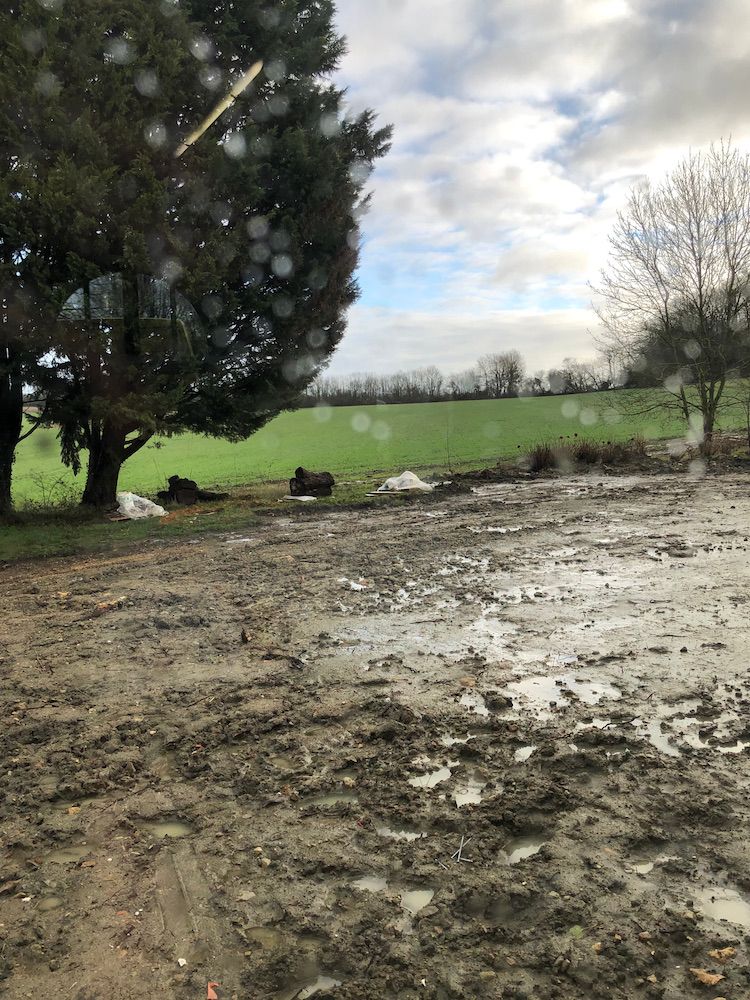Overturning Earth
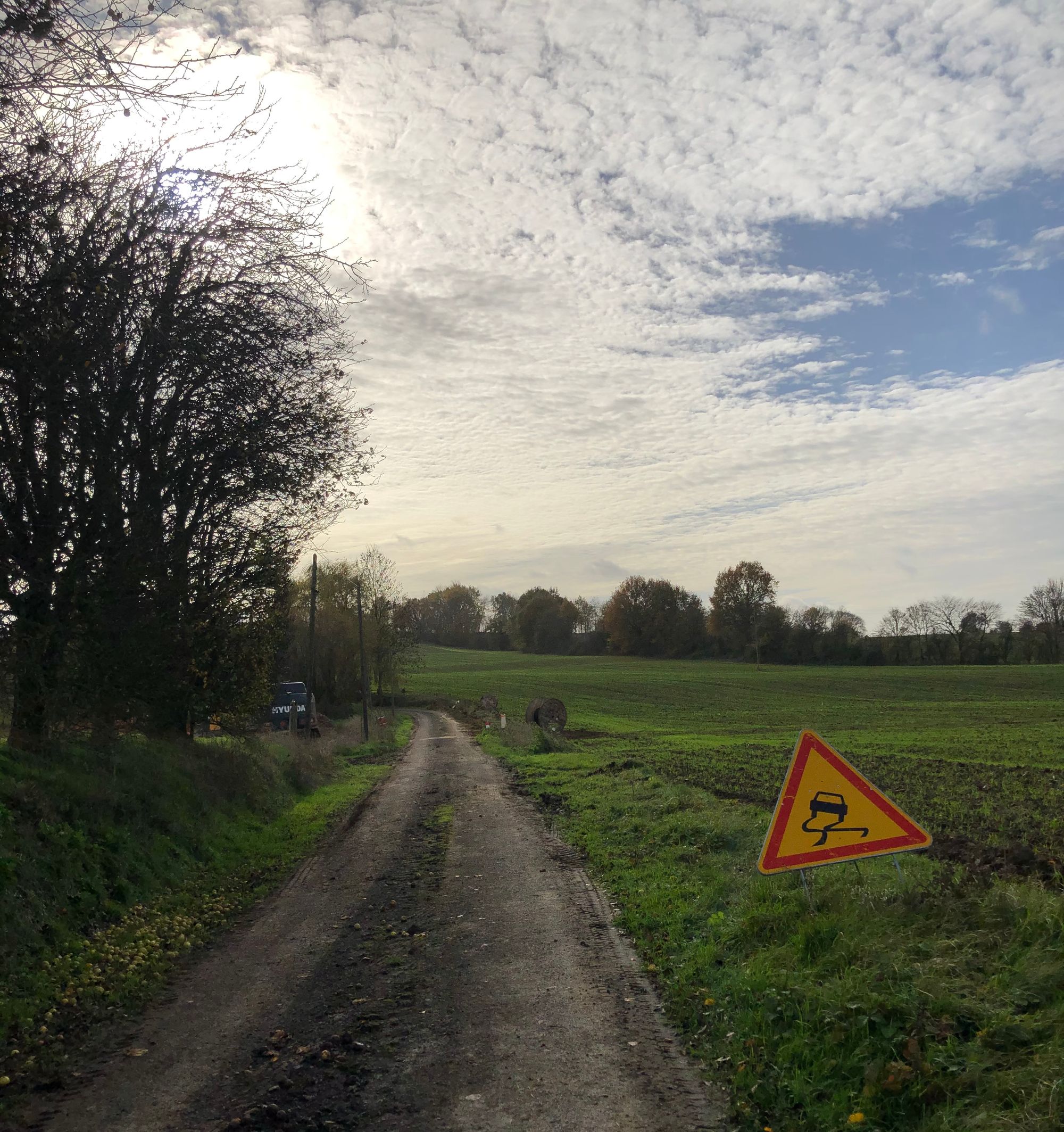
Friday, 5 February
“By the end of next week,” our green guru Claire said, “it’s going to look like Verdun.”
That was in early November last year. The indoor renovation of our property in the Perche had been going on for months, and it was finally, much to David’s relief, time for the outside work to begin. As we cast our eyes around the lovely autumn day, it was a little hard to imagine our sweet garden looking like the ravaged World War I battle site, but I suppose the good people of Verdun would have said the same thing in 1915.
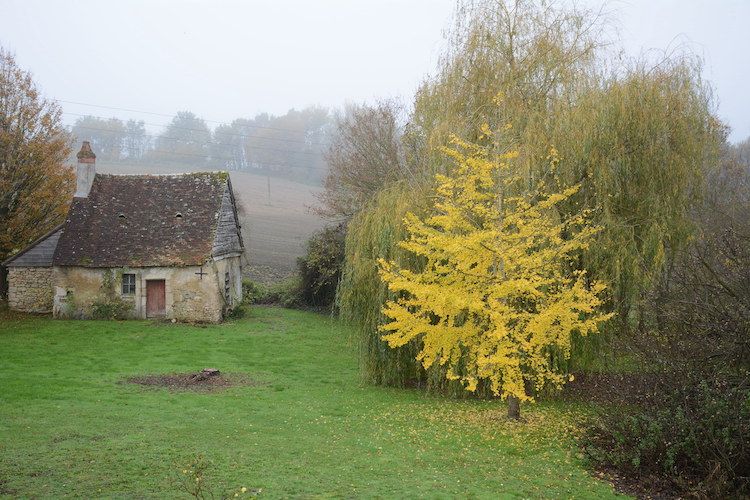
The following Monday the electricity company kicked things off when they came to bury our power lines. It did look like an army was approaching...
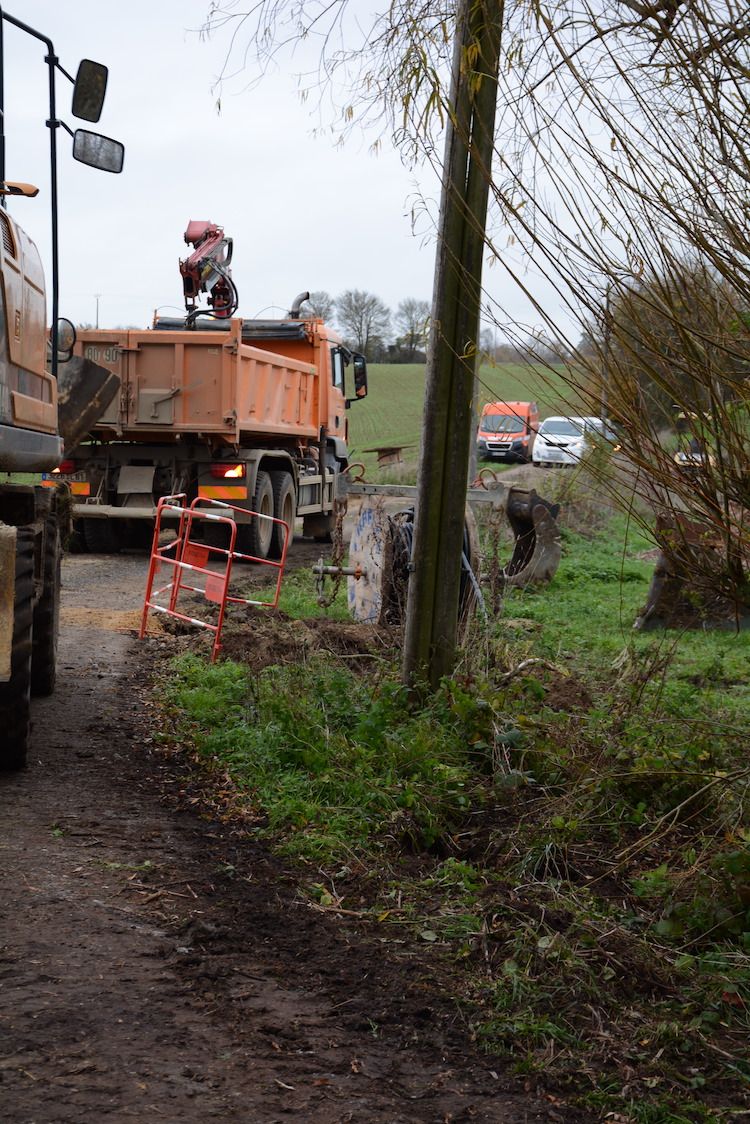
...but the skidding car sign (top photo) they put up on the lane that goes no farther than our house seemed to be taking taking bureaucratic imperatives a bit far.
They did dig a trench...
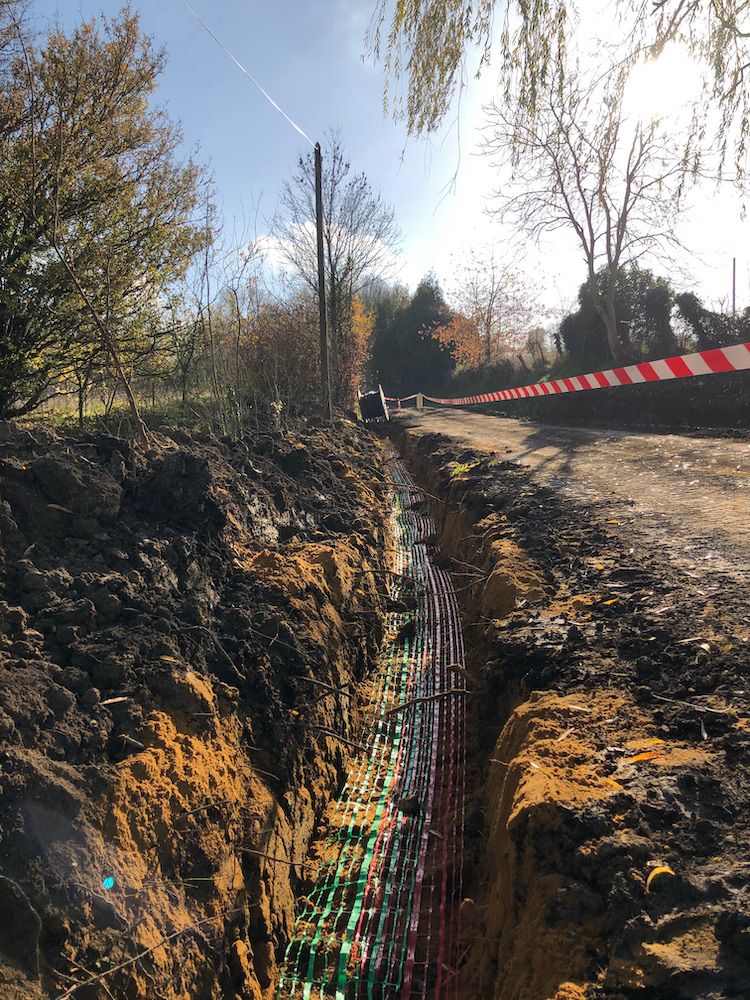
...that, once it was finished off by our terrassiers Yohan and Michel, did leave the landscape looking a little Verdun-ish...

...but the sun was shining, the people smiling.

After the trenches were refilled, Yohan got to work in earnest on the transformation of our garden.
Though a digger’s work may at first appear brutish and monolithic, it is anything but. A pelleteuse in action resembles a grazing prehistoric animal.
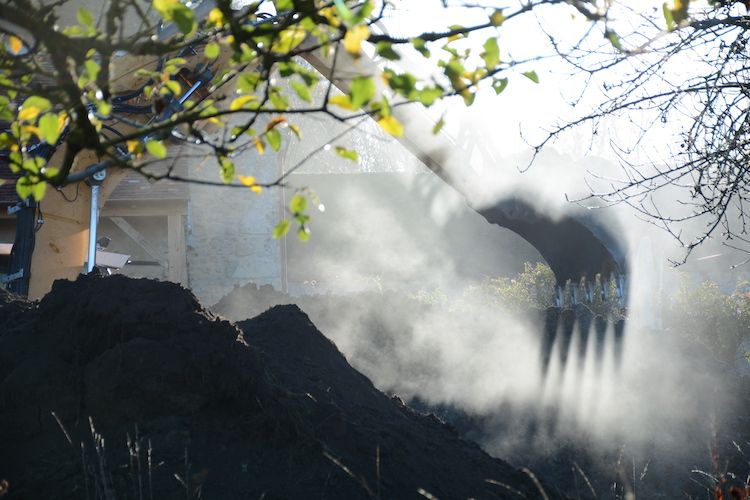
The person manipulating the controls must be skilled at navigating the chenilles, or caterpillar tracks, up over big mounds and down into deep holes, while also possessing a fine, light touch that guides the shovel as it chomps into this bit of earth but not that root, as it grabs at this bush but not that tree. Its motions are mesmerising.
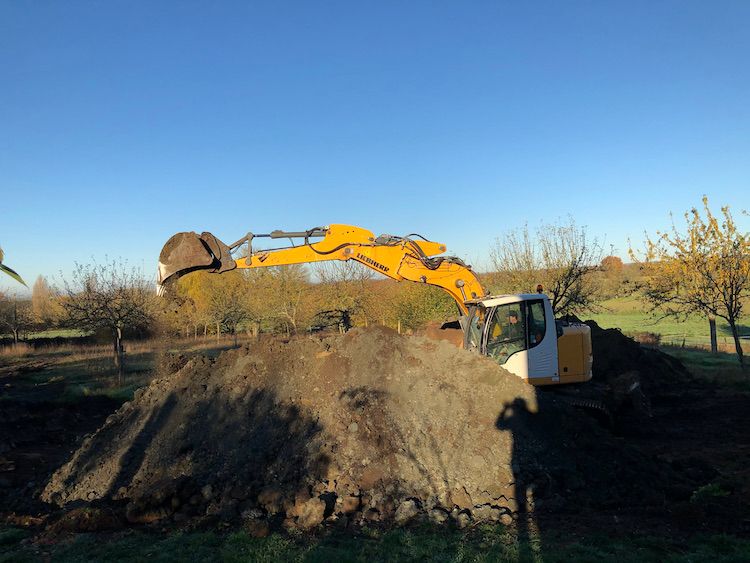
We first witnessed Yohan’s combined talents at the controls when he tackled our neglected pond.
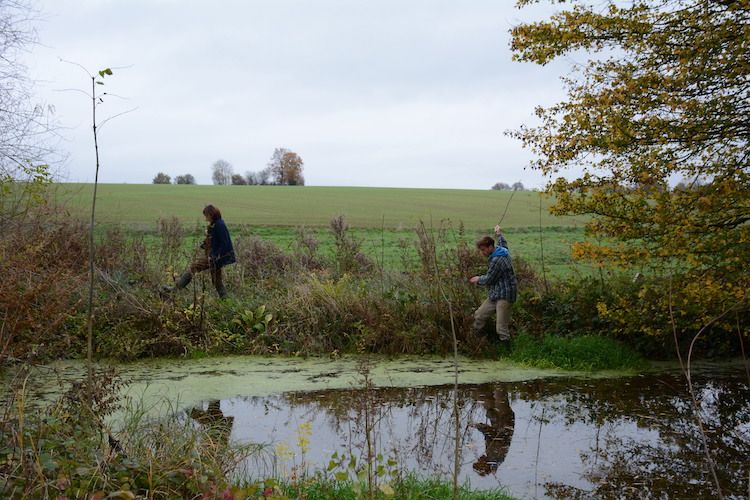
With slow, graceful swoops of the shovel, he removed a barbed wire fence and much scrubby brush, then began to dredge the bed. Instead of sludge, out came years and years of cow dung that, rather than acting as a fertiliser, the way it does on land, had been absorbing the oxygen and killing plant and animal life.

The artistry came in knowing when to stop - if the shovel cracks the bed, the pond will no longer retain water - and in being able to sculpt the slope, in this case at just the right angle for the frogs, toads and salamanders that should, according to Estéban (our other green guru), return to the cleansed habitat. These days the pond is still a bit bare around the edges, but the water does look healthier.
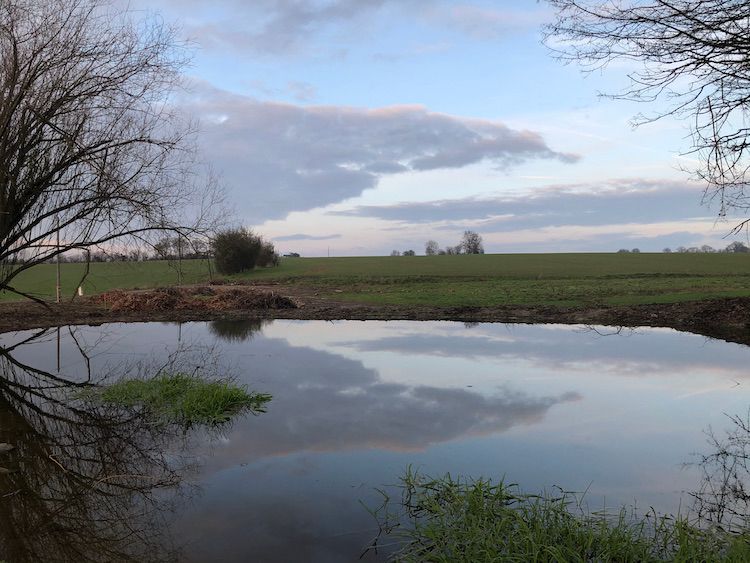
Next point of attack was the hedgerow planted 30 years ago to separate garden and house from the fields, when the two pieces of Deux Champs were divided. Bushes had grown into full-fledged trees and stood as a wall between the parts we are reuniting. First Yohan freed our little boulangerie. In the late afternoon sun, she seemed to be thanking us for her restored dignity.
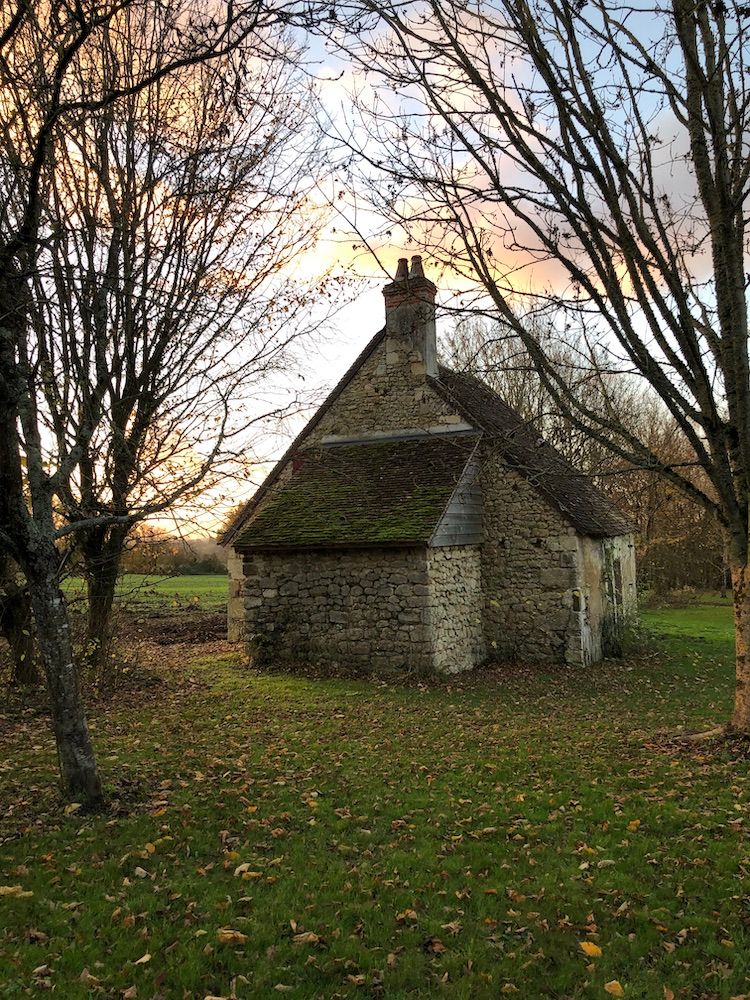
Then came some thinning out back and some levelling of a rise.
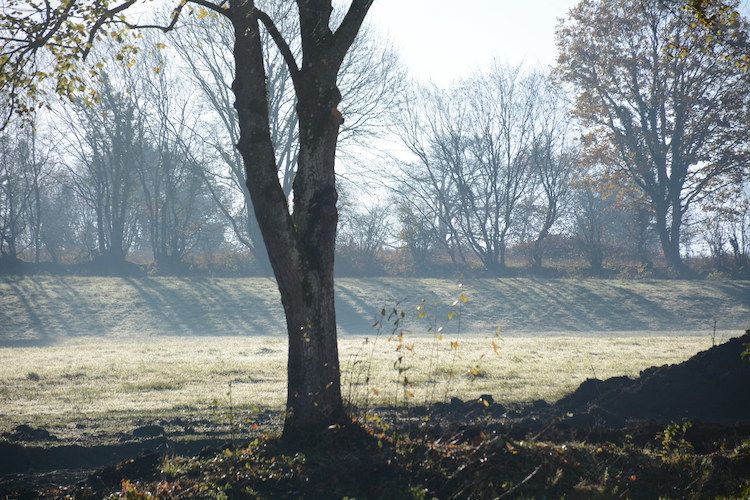
By the end of the week, there was indeed a lot of churned up earth. But as we left for Paris with the sun still shining, Verdun seemed a bit of a stretch.
Not so by mid-December. During our two-week absence, much more earth had been overturned and moved in the levelling out back and in the replacement and re-positioning of the septic tank. Plus - key element here - it had rained and rained, and all that clay soil had turned into mud dense enough to rival what gave all those poor soldiers trench foot in 1916. In our first tour of the garden, I sunk thigh-deep into the stuff, perhaps my just deserts for having sniggered at that skid sign in finer weather.
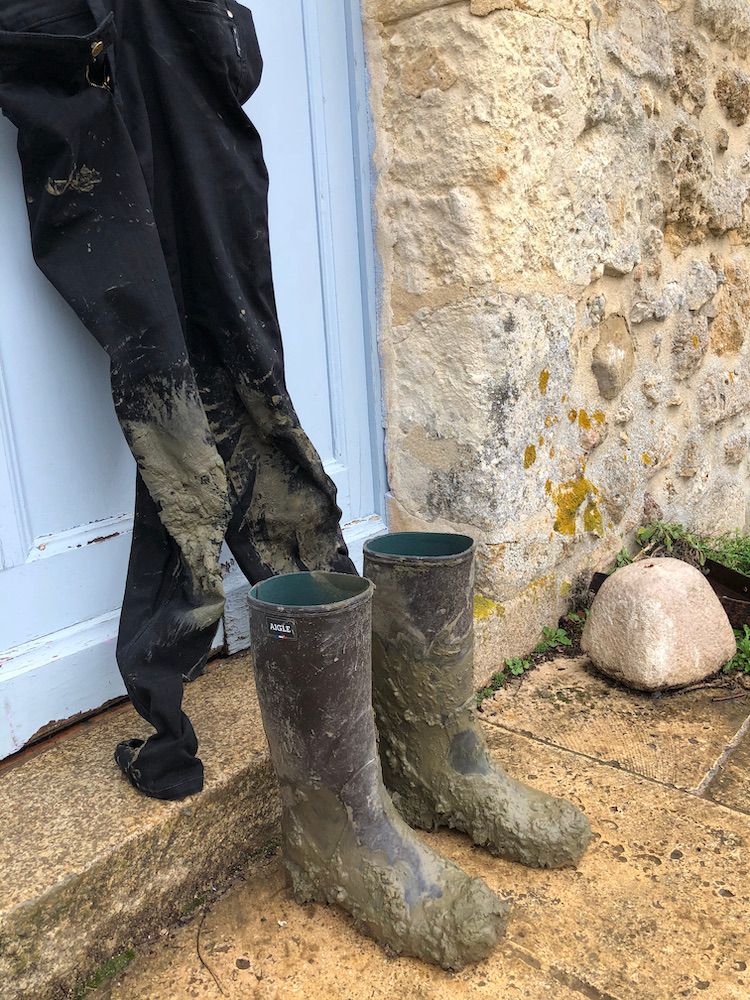
Neither David...
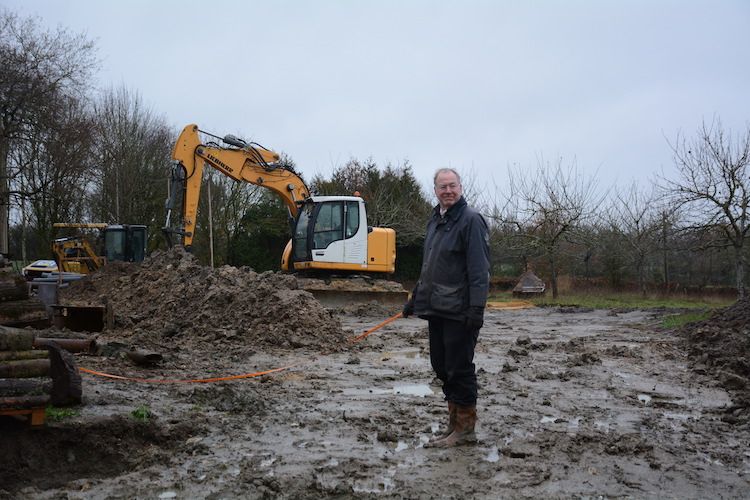
...nor Tasha...
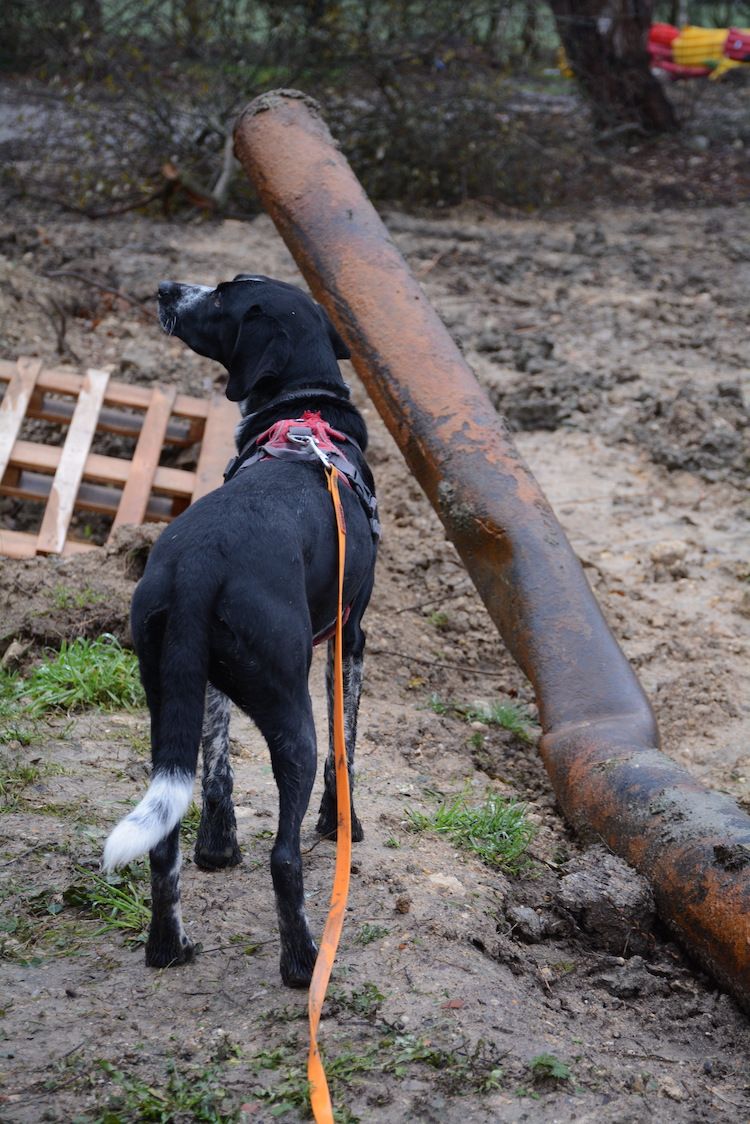
...knew where to turn.
The trees that Estéban had pollarded looked as though they had been bombed rather than trimmed.
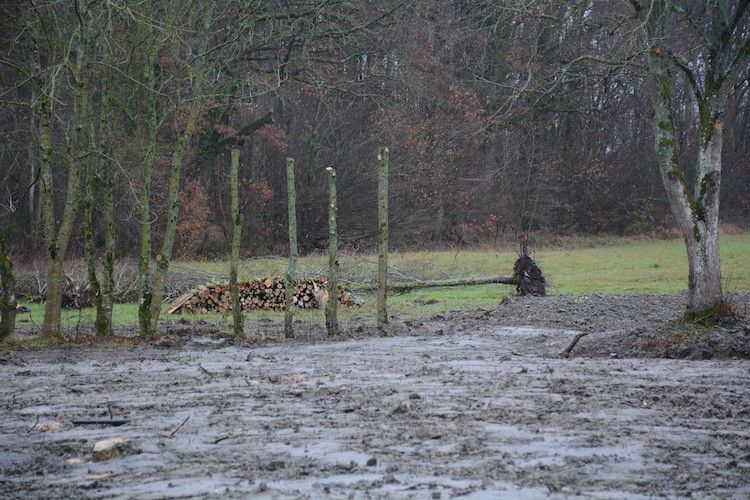
All we were missing to complete the desolation was a cold snap, and that we found on our recent arrival mid-January.

Claire might have got the timing wrong, but she was right about the image: the place indeed resembled the site of that 10-month long battle.
Of course Deux Champs is not Verdun, where whole villages were destroyed, 300,000 soldiers were killed and the total casualty count reached 750,000. Ours is a work of creative destruction, the overturned earth merely the foundation for reincarnation.
But I don't think I speak only for myself when I say that the bleak, devastated landscape does fittingly reflect the morose mood right now, almost a year into the Covid Era and our first confinement last March. The snow quickly melted and it's back to rain and and more rain. The mud is now impassable, even for Yohan's digger, and greener pastures are looking discouragingly beyond our reach.
